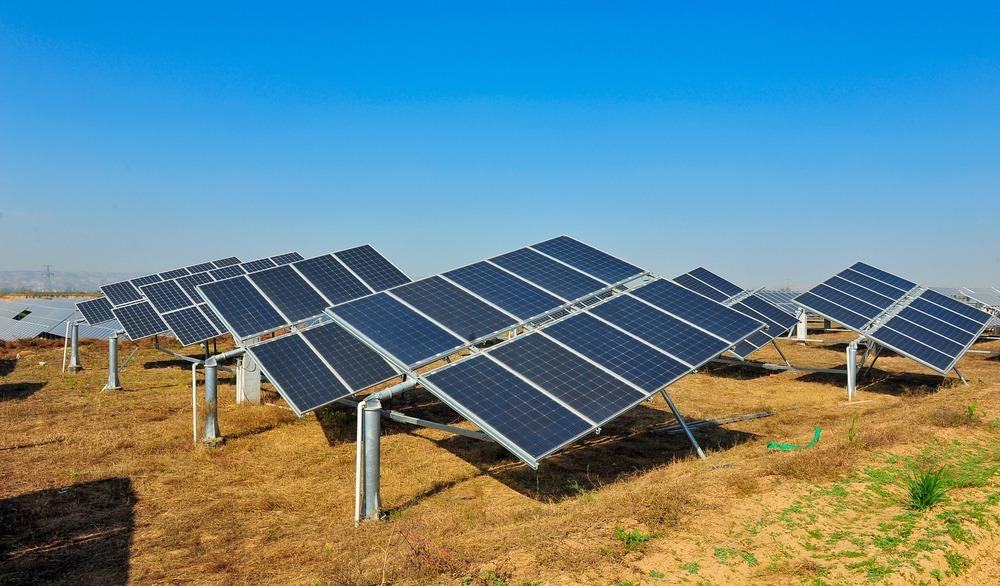 As the world moves towards sustainable energy sources, we look at Kungsbacka, a small municipality in Sweden, and how it is implementing solar power as a major energy source. Kungsbacka is a forward-thinking municipality and has taken huge strides in implementing green energy technology. This article will explore the use of Solar cells Kungsbacka (Solceller Kungsbacka) and how it is contributing to a sustainable future.
As the world moves towards sustainable energy sources, we look at Kungsbacka, a small municipality in Sweden, and how it is implementing solar power as a major energy source. Kungsbacka is a forward-thinking municipality and has taken huge strides in implementing green energy technology. This article will explore the use of Solar cells Kungsbacka (Solceller Kungsbacka) and how it is contributing to a sustainable future.
Kungsbacka has been leading the way in using solar energy. The municipality has a number of solar power plants, and residents are encouraged to install solar cells on their homes. The largest solar plant in Kungsbacka is located on the roof of the municipal council’s office building. The plant covers 22,000 square meters and has a capacity of 1.5 MW. This plant produces enough electricity to cover the annual consumption of 550 households.
Residents of Kungsbacka are also taking the initiative to use solar power. Many homes in the municipality have installed solar cells on their roofs, which has helped to reduce their dependency on the national grid. It is estimated that homes with solar cells in Kungsbacka have seen a reduction of 30% in their electricity bills. This not only leads to substantial savings for homeowners, but also leads to a reduction in the carbon footprint of the municipality.
Kungsbacka has also taken the initiative to implement solar cells in public spaces. The municipality has installed solar cell street lamps, which not only provide sustainable energy, but also helps to increase visibility and safety in public areas. This technology is especially useful in the winter when daylight is limited. The street lamps have photovoltaic panels that store energy during the day and power the lights at night.
The use of solar energy in Kungsbacka is not only reducing carbon emissions, but also providing jobs. The municipality has created job opportunities in the field of renewable energy, which has helped to boost the local economy. The production of solar cells and installation of solar panels has created jobs in the municipality and has generated a new industry. This has had a positive impact on the economy of Kungsbacka, as well as the country as a whole.
Conclusion:
Kungsbacka is setting an example for other municipalities to follow. The use of solar cells in Kungsbacka has helped to reduce carbon emissions, create jobs, and reduce dependency on nonrenewable energy sources. It is evident that the implementation of solar energy technology has had a positive impact on the municipality and the residents of Kungsbacka. The municipality is proof that by taking small steps towards sustainable living, we can create a better future for ourselves and future generations. The use of renewable energy sources should be taken seriously by all of us if we want to create a sustainable future.